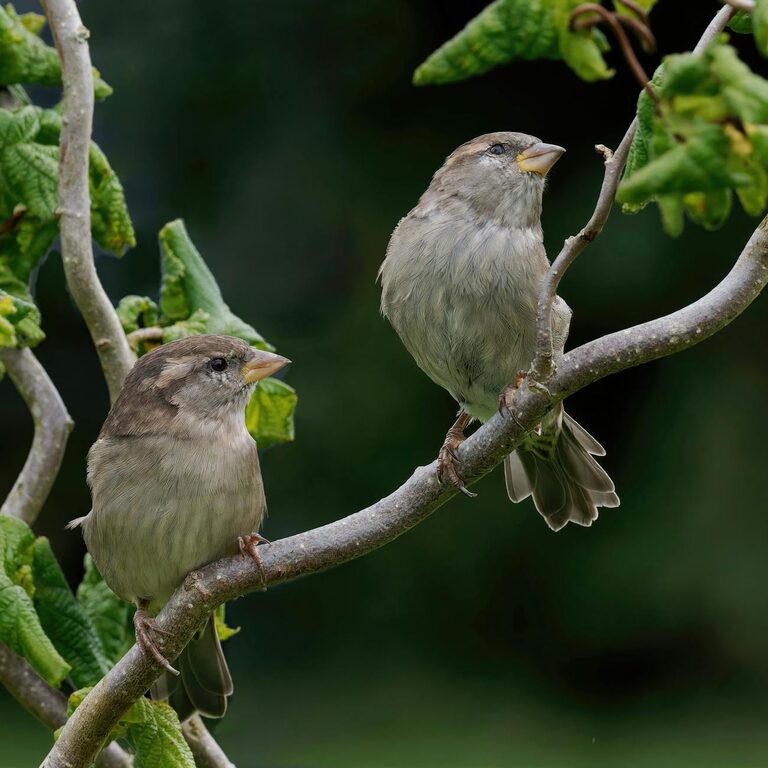Birdwatching is a wonderful way to connect with nature right in your own backyard. Whether you have a large garden or just a small balcony, observing birds can be a relaxing and educational hobby. If you’re new to birdwatching, getting started can feel overwhelming, but with a few simple tips, you’ll soon enjoy spotting and identifying your feathered visitors.
Why Backyard Birdwatching?
Birdwatching doesn’t require expensive equipment or extensive travel. It’s accessible, peaceful, and can be enjoyed by people of all ages. Watching birds can help you learn about local wildlife, contribute to conservation efforts, and add joy to your daily routine.
Getting Started: Essential Tips for Beginners
1. Create a Bird-Friendly Space
Birds are attracted to areas where they can find food, water, and shelter. To invite them into your space:
– Provide Food: Use bird feeders filled with seeds appropriate for your local species. Black oil sunflower seeds, nyjer, and suet are popular choices.
– Offer Water: Place a shallow birdbath or small water dish. Keep the water fresh and clean to attract more birds.
– Add Shelter: Incorporate shrubs, trees, or native plants to offer natural shelter and nesting spots.
2. Choose the Right Bird Feeders
Different birds prefer different feeders. Some common types include:
– Tube Feeders: Great for smaller birds like finches and chickadees.
– Platform Feeders: Suitable for a variety of birds, especially ground feeders.
– Suet Feeders: Attract woodpeckers, nuthatches, and other insect-eaters.
Observe which birds visit to decide which feeders to prioritize.
3. Use Binoculars and Field Guides
A pair of binoculars enhances your ability to see birds up close without disturbing them. Look for compact, easy-to-use binoculars designed for birdwatching.
Field guides, either in book form or apps, help you identify birds by their shape, color, and song. Many guides include photos, descriptions, and tips for recognizing local species.
4. Learn to Identify Common Birds
Start by focusing on common backyard species in your region. Learn a few key features like size, beak shape, and color patterns. Over time, you’ll develop a better eye for rarer birds.
5. Keep a Birdwatching Journal
Recording your sightings enhances the experience and improves your skills. Note the species, date, time, weather conditions, and behavior. You can also jot down any questions or interesting observations.
Best Practices for Ethical Birdwatching
Respect for wildlife ensures that your hobby does not harm birds or their habitats:
– Avoid loud noises or sudden movements that might scare birds away.
– Keep feeders and birdbaths clean to prevent disease.
– Do not disturb nests or nesting birds.
– Use non-toxic, bird-safe materials in your garden.
Advanced Tips for the Enthusiast
Once comfortable, you may want to try:
Attracting Specific Species
Different birds have specific preferences. Research native plants and foods to attract species you find interesting.
Listening to Bird Songs
Birds communicate with songs and calls. Learning common sounds helps you locate and identify hidden birds.
Participating in Citizen Science
Contribute to bird conservation by reporting your sightings to programs like eBird or local bird counts. This data helps track bird populations and migratory patterns.
Common Challenges and How to Overcome Them
– Few Birds Visiting: Try changing feeder types or relocating feeders to a quieter spot.
– Squirrels or Other Pests: Use squirrel-proof feeders or baffles on poles.
– Identifying Similar Species: Use multiple clues—behavior, habitat, and calls—in addition to appearance.
Birdwatching Is for Everyone
Whether you’re a child exploring nature for the first time or an adult seeking a peaceful hobby, birdwatching is accessible and rewarding. It encourages patience, observation, and appreciation for the natural world.
Set aside a little time each day, grab your binoculars, and enjoy the beauty that visits your backyard. You might be surprised at the variety and activity right outside your door!
—
By following these beginner tips, your backyard can be transformed into a vibrant bird sanctuary. Happy birdwatching!

